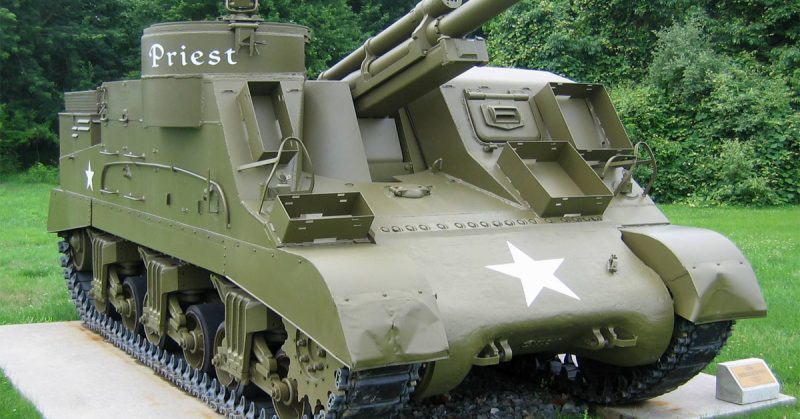The Images of War series from Pen & Sword are no strangers to my dusty corner of the WHO monolith, and this latest batch continues to give me a reason to think about adding more shelving to my library.
We’ll start with a couple of books from the prolific David Doyle who gives the impression he can knock these books out in his sleep. In fact, I’m a bit concerned I may have used a similar remark in an earlier review – but it does the job, a bit like the author himself.
We are looking at profiles of a couple of derivatives built on the ubiquitous M3 and M4 chassis that did such sterling work for the United States.
The M12 Gun Motor Carriage was a tidy looking vehicle mounting a 155mm gun. Mr. Doyle takes us through a detailed examination of the T6 prototype and then the production variant.
I had not previously had much exposure to the Cargo Carrier T14 variant, which, I have to say, really floats my boat. This vehicle was developed as an ammunition carrier to accompany the M12 and I want one! Fat chance of that…
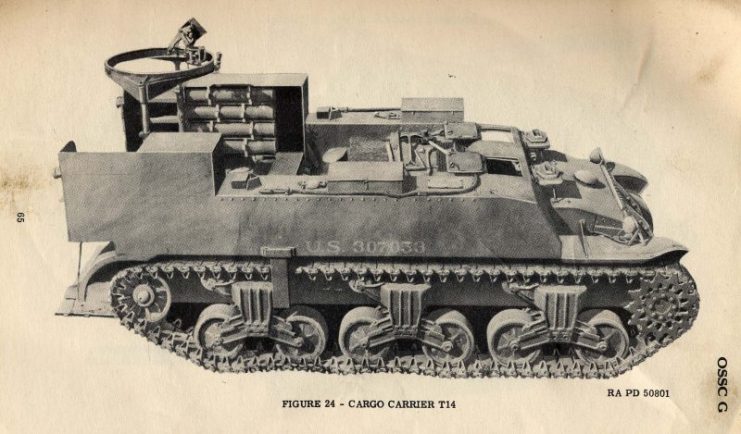
The book ends with a detailed look at the sole surviving M12 which languished at the Aberdeen Proving Ground before restoration and placement at Fort Sill. This chapter is of essential value to model makers because Mr. Doyle’s walk-round photography appears to cover every nut and bolt.
As ever, it is the combat and training stuff that attracts the most, and there are a good few corkers here, especially action shots from the Bill Larkin collection. The images from Dan Ballou are also effective, and one showing a full battery firing conveys all the mud and noise of campaigning.
Next up we have the M12’s snappier cousin: the 105mm Howitzer Motor Carriage M7, better known as the Priest. We get a similar attention to detail with a long look at the T32 prototype before going through the variations built by different factories.
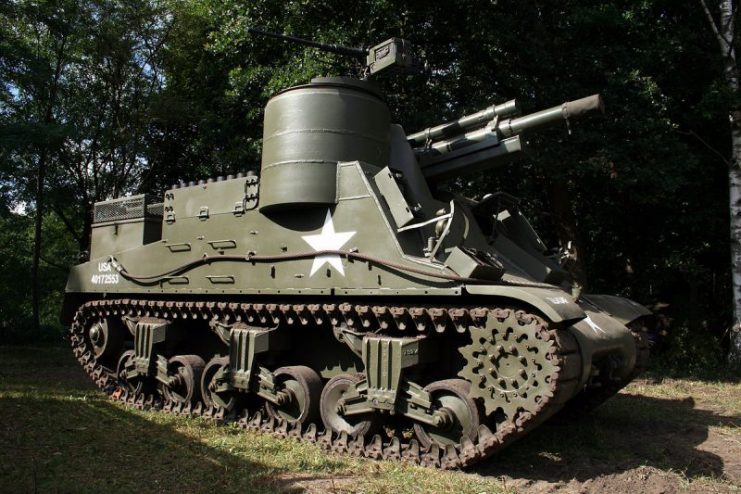
The book continues with developments that saw the Priest produced on an M4 chassis, the ultimate example being the M7B2 which took advantage of the many lessons learned during the Korean War. The book benefits from some fine archive color photography in addition to shots of several examples of the Priest which have survived into preservation.
As ever, the bulk of the mono imagery shows the type in service or in detail, and the breadth of imagery is impressive. This is yet another essential book for model makers, but there is plenty to attract the general reader, and the end result is a really nice book that will not disappoint.
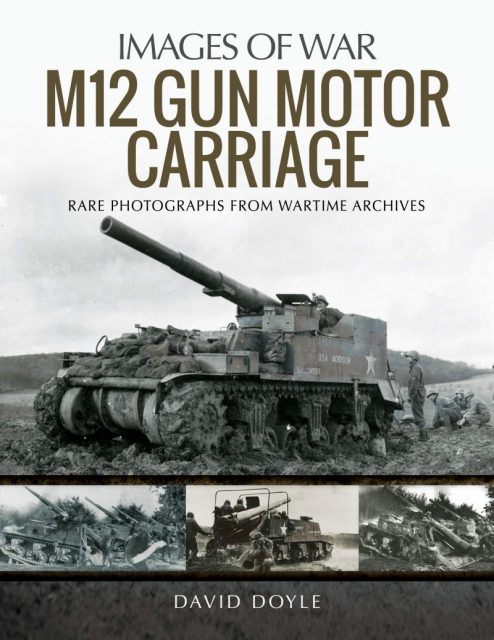
M12 GUN MOTOR CARRIAGE
By David Doyle
Pen & Sword
ISBN: 978 1 52674 352 7
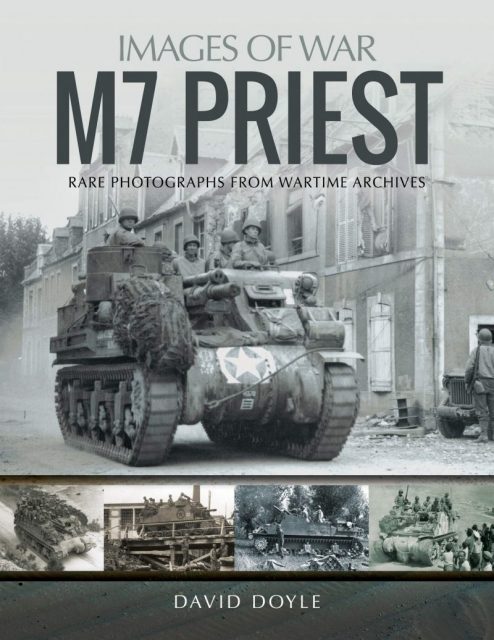
M7 PRIEST
By David Doyle
Pen & Sword
ISBN: 978 1 52673 885 1
Ian Baxter is known to us thanks to his extensive knowledge of WW2 era German subjects matched to a huge collection of photographs. This book covers a subject I would suggest is close to well worn, but this should not detract from the quality of the product because the array of imagery and the quality of the captions are first rate.
There is no question that Erwin Rommel remains something of an enigma despite the forest’s worth of trees sacrificed to make the plethora of books about this most famous of soldiers. Like Patton, Rommel is a historical figure who seems to attract intense interest even though we have long since come to know just about all there is to learn about him.
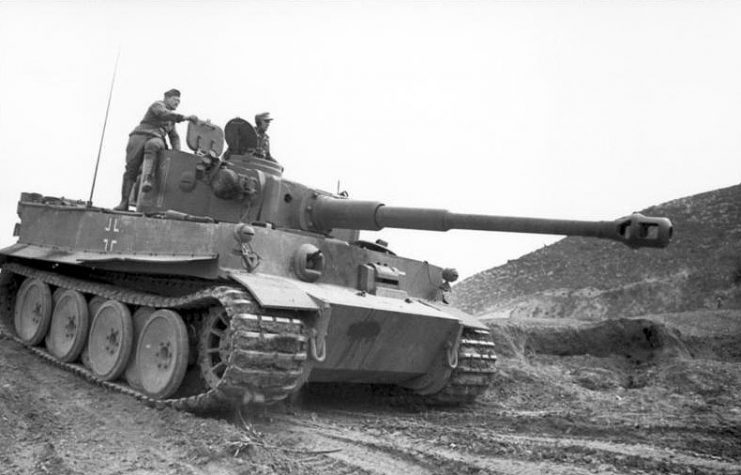
The desert war offers something so different from campaigning elsewhere, with the terrain often being like a great ocean where corsairs sweep along causing all manner of trouble. The Afrika Korps retain their status as a legendary fighting force, and this very attractive collection of photos shows us why.
There are some great pictures combining views of Rommel at work and the range of hardware available to him. We see all the armor we might expect from little Panzer I light tanks to the inevitable Tiger. There is no doubt that the Panzer III was the queen of the desert for the Germans and there are plenty on view here.
I remain a sucker for German half-tracks and armored cars, and there are plenty on offer to keep me entertained. Captured vehicles make regular appearances, and there is also room for Rommel’s Italian allies.
All in all, this book is a solid affair that will not disappoint.
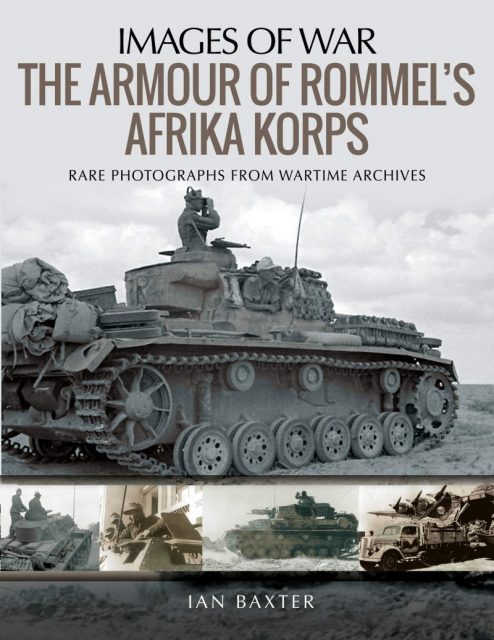
THE ARMOUR OF ROMMEL’S AFRIKA KORPS
By Ian Baxter
Pen & Sword
ISBN: 978 1 52672
We finish the quartet with a superb book by Jeffrey Plowman which takes us through the nightmare of the Battle of Monte Casino in 1944.
I have not been to the battlefield myself, beyond driving past the rebuilt monastery in a far off 1975, but it remains familiar as one of the legendary battle sites of the Italian campaign, if not the whole European war.
Mr. Plowman explains how the belligerents came to be in that part of Italy before getting down to the mind-crunching misery of the battle (or properly “battles”) to take the area during the Allies’ faltering drive on the Gustav Line and Rome itself.
Sherman fans will love this book because photos of them dominate proceedings. We see American, British, New Zealander, and Polish examples in addition to some superb pictures of French forces and not forgetting the Germans who have a few Shermans of their own.
Above all, the book shows how the battle for Monte Cassino was no place for tanks where they suffered all manner of privations in a hellish landscape.
The scale of the destruction is telling. The battlefield was a quagmire of mud, blood, and death and it seems to have offered the worst of horrors for all concerned, not least the helpless Italian populace.
The Italian campaign will forever play second fiddle to events in France in 1944 especially, but this book will underpin the respect we should all have for the so-called “D-Day Dodgers” of the Italian campaign.
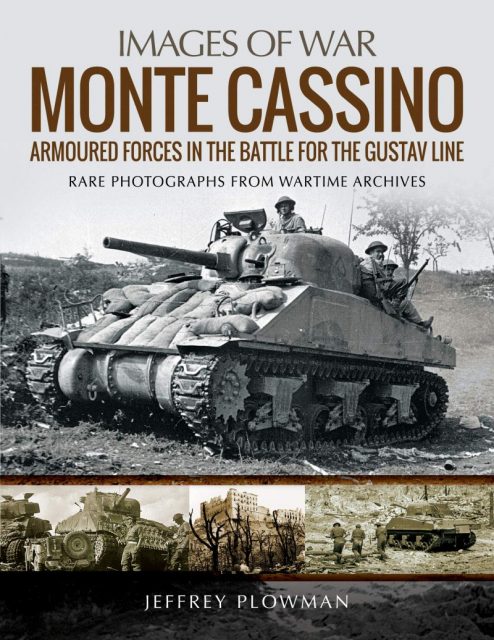
MONTE CASSINO
Armoured Forces in the Battle for the Gustav Line
By Jeffrey Plowman
Pen & Sword
ISBN: 978 1 52671 893 8
Reviewed by Mark Barnes for War History Online
